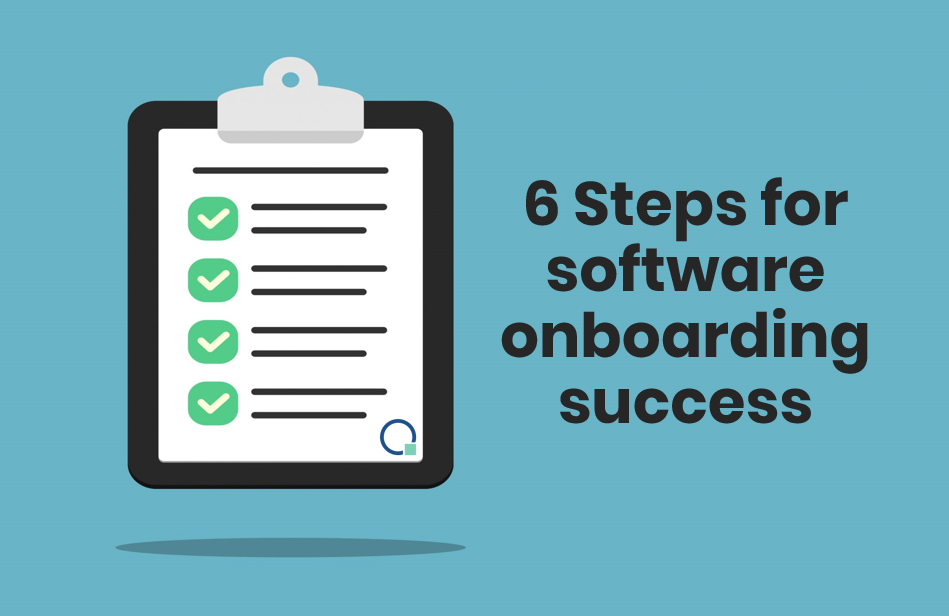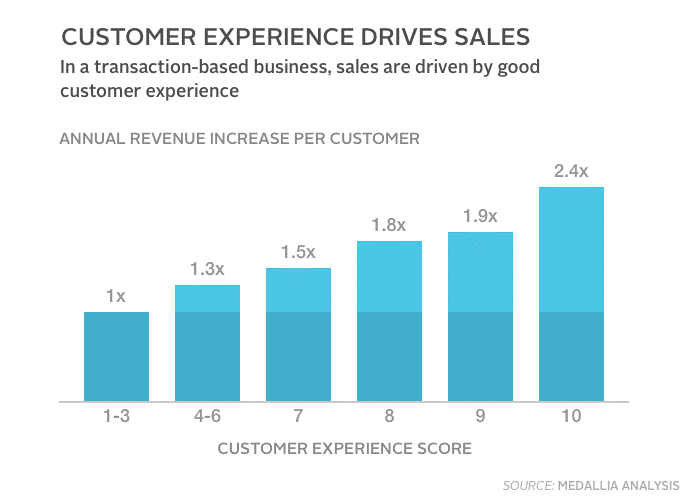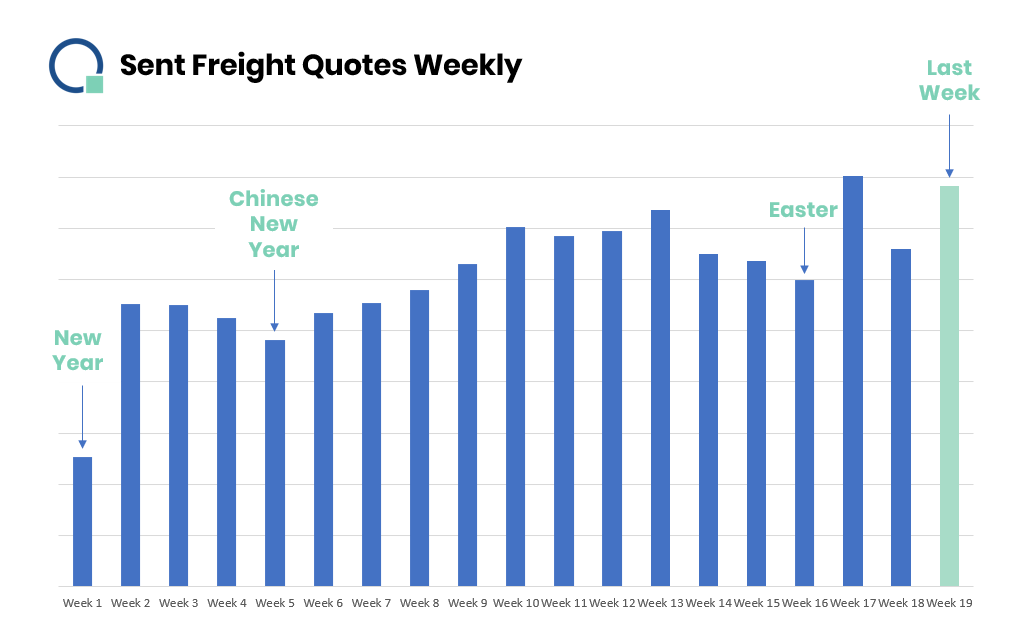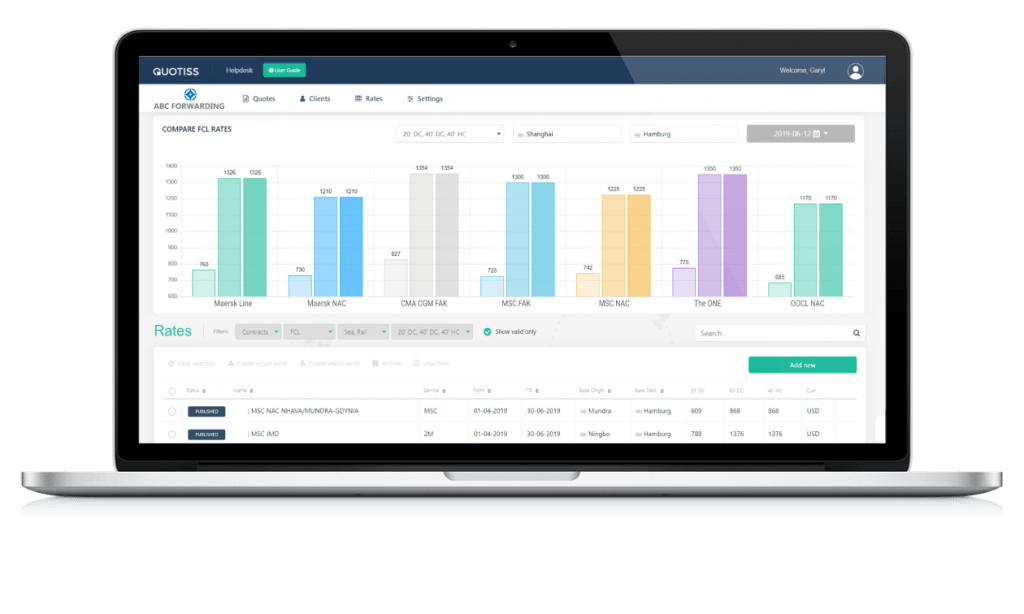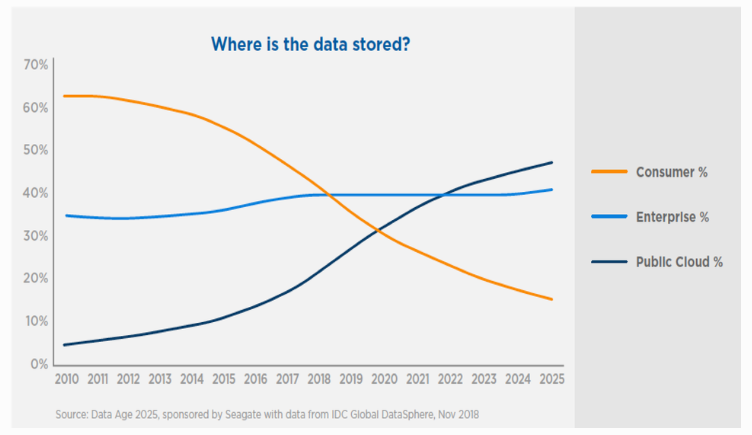6 Steps for Freight Software Onboarding Success
Moving your team to a new freight software system is a complex project in itself. Combining that with remote work, creates a recipe for deep anxiety. In this post, we’ll give you a few tips on how to make switching to a new freight software as painless as possible even when your sales team is remote.
Step 1: Start with the right motivation
Some employees might be hesitant or nervous about the process of switching to new freight software. Try to think about the real root issues that might be causing it. Our guide will help you to create a positive and welcoming environment. Usually, the main reasons are the following:
- They are worried that learning new software is complicated;
- They don’t see what’s in it for them personally;
- They don’t see how the new solution is better than the old one;
- They don’t see what the benefit is for the company’s bottom line.
For a successful onboarding, all of the above shall be addressed before the rollout starts. You need to understand that every change takes time and effort from the team. This means that nobody should feel pressured, to start using new software overnight. Especially if you’re coming from using MS Excel and email as your quoting tool.
Step 2: Create and share the onboarding process with your employees
The best way to plan smooth onboarding to a new freight software is to do it gradually. Instead of switching everything at once, start with a smaller team or a designated group of clients. Here’s an example of a transparent process for onboarding the team to new software like Quotiss:
- Schedule a meeting with your team to introduce and discuss the new tool.
- Schedule another meeting to demonstrate the software and what it can do (this should be done by someone who knows it really well).
- Discuss, address immediate questions and concerns.
- Appoint the Project Manager.
- Set the date when everyone will sign up and play around.
- Hold another short call or meeting to ask if anyone has questions.
- Set the date to switch over completely, allowing some more time for the test mode.
- Keep checking back to see if anyone’s having issues.
Step 3: Explain the personal benefits of new software
Start by understanding what your sales reps really want and address each point translating it into the benefit. Let your team know that their personal happiness and productivity is a very important factor. There’s a good chance that everyone on your team wants to:
- Be productive and get more done:
New freight software will eliminate a lot of repetitive and time-consuming tasks, which will allow them to get more done and feel great about it.
- Gain new useful skills:
The software will be another tool to add to their list of skills. They have the opportunity to become an expert and get valuable on-the-job training.
- Feel valued and appreciated by other team members:
Getting more done and collaborating more efficiently will benefit the whole company, and it won’t go unnoticed.
Step 4: Highlight the company-wide benefits
“How is it better than what we were using before?” This is one of the main questions the team might be wondering. And it makes sense—if the new solution isn’t clearly better than the old one… why even switch? Document all benefits and discuss them in person with your team to create a positive mindset.
Focus on two main topics:
- Pain points you had with your previous solution (and how the new one removes them)
Example: With Excel, we had cases when sales reps never attended to the freight quote request because there was no easy way of knowing if the quote was already being handled by another team member. With Quotiss, you can immediately see if a freight quote has already been sent to a customer or is currently in the process of preparation.
- Features the new solution has that the old one didn’t (and why they’re awesome).
Example: With Quotiss, you can see when the client has opened the freight quote and follow up immediately to close the deal. This will improve our efficiency as a team.
Step 5: Explain how it affects business goals and KPIs
The core elements for larger financial returns when you invest in the right freight software are the following:
- Reduced time to send freight quotes leaves more time for actual selling
- 100% accuracy of quoted freight rates means no lost revenues on manual errors
- Automated follow-up on deals brings more won deals
Simply put – automation of the sales process drives more sales and improves customer experience. The research published in the Harvard Business Review says that customers who had the best past experiences spend 140% more compared to those who had the poorest past experience. By helping customers get the most out of your service through amazing sales support, you create an experience they’ll be willing to pay for.
Step 6: Appoint a Project Manager
Last, but not least – appointing a Project Manager turns out to be extremely important. This person should be an expert in your internal sales process, also passionate about tech and innovation. The main responsibilities of the Project Manager are the following:
- being an internal super-user and coordinator for the onboarding process
- being an internal go-to person and consultant for all new software-related matters
- being an external communicator and a single point of contact for the freight software vendor
Practice shows that companies with the Project Manager have smoother and faster onboarding and higher satisfaction level.
Quick-Start with Quotiss Software
Onboarding your sales team on a new freight software doesn’t have to be painful, —but you have to take the right approach and most importantly, choose the right software!
Click here to register your company online. We’ll activate your company’s profile and help with the initial settings and user onboarding. You can start uploading your freight ratesheets and quoting freight instantly on the same day we sign the deal.

